Summary
Revista Brasileira de Ginecologia e Obstetrícia. 2022;44(6):602-608
The aim of the present study is to list the published clinical trials on coronavirus disease 2019 (COVID-19) vaccines, to describe the mechanism of action of the identified vaccines, and to identify protocols regarding safety, status, and prioritization of cancer patients for vaccination.
This is a systematic review with a limited literature search conducted by an information specialist; key resources such as PubMed and websites of major cancer organizations were searched. The main search terms were COVID-19, vaccination, cancer, and breast and gynecological cancers.
Cancer patients infected with the new coronavirus are at high risk of complications and death, but we still know little about the risks and benefits of vaccination for COVID-19 in these patients. In an ideal scenario, all cancer patients should have their immunization status updated before beginning treatment, but this is not always possible.
Patients with breast or gynecological cancers who are receiving treatment or are in the 5-year posttreatment period should be included in the priority group for severe acute respiratory syndrome coronavirus-2 (SARS-CoV-2) vaccination.
Summary
Revista Brasileira de Ginecologia e Obstetrícia. 2022;44(8):771-775
Preeclampsia, a human pregnancy syndrome, is characterized by elevated blood pressure and proteinuria after the 20th week of gestation. Its etiology remains unknown, and its pathophysiological mechanisms are related to placental hypoperfusion, endothelial dysfunction, inflammation, and coagulation cascade activation. Recently, the role of the complement system has been considered. This syndrome is one of the main causes of maternal and fetal mortality and morbidity. This article discusses the hypothesis of preeclampsia being triggered by the occurrence of inadequate implantation of the syncytiotrophoblast, associated with bleeding during the first stage of pregnancy and with augmented thrombin generation. Thrombin activates platelets, increasing the release of antiangiogenic factors and activating the complement system, inducing the membrane attack complex (C5b9). Immature platelet fraction and thrombin generation may be possible blood biomarkers to help the early diagnosis of preeclampsia.
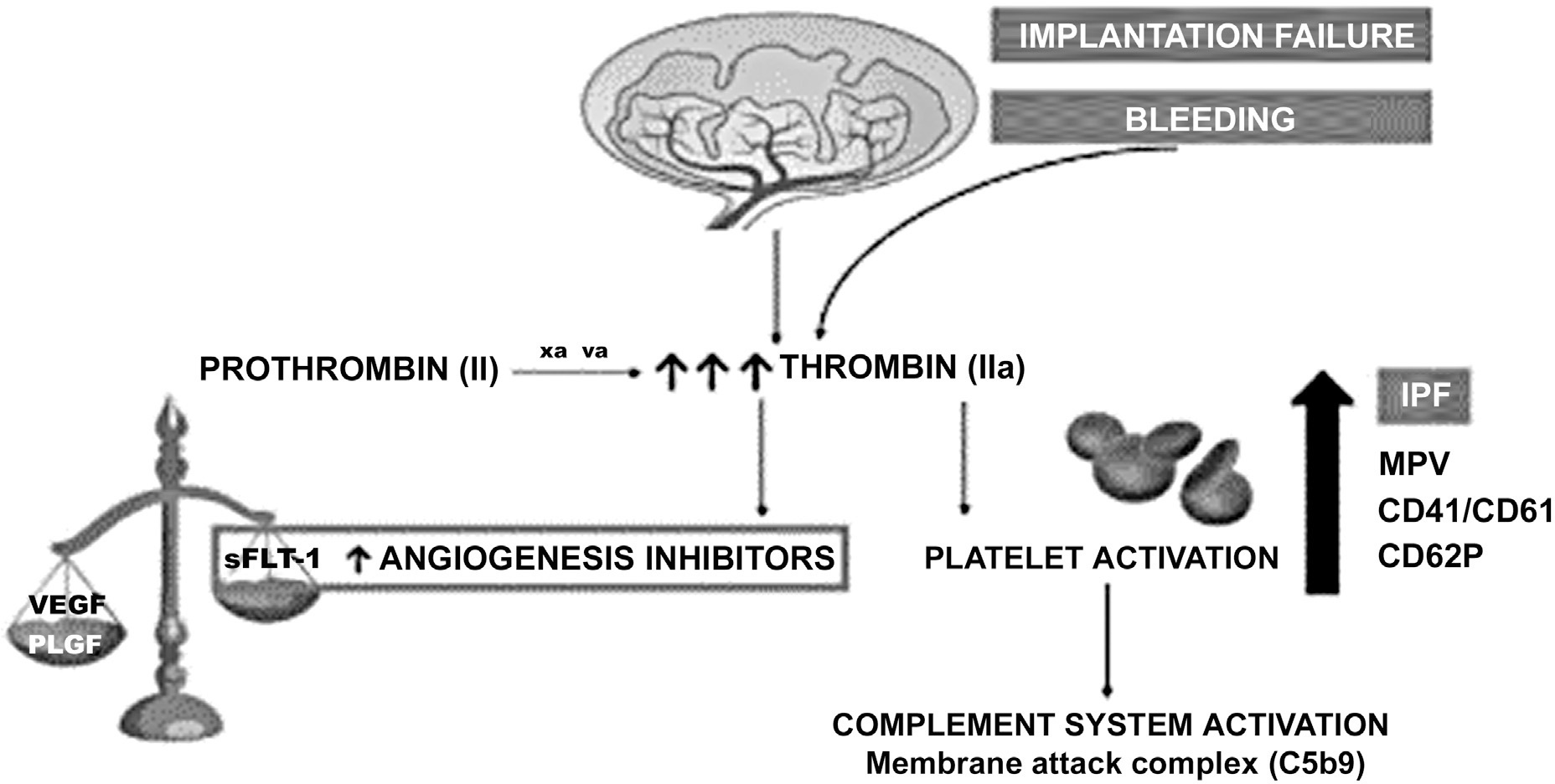
Summary
Revista Brasileira de Ginecologia e Obstetrícia. 2022;44(9):884-890
Although almost 0.7% of the Brazilian population identifies as transgender, there is currently no training for healthcare professionals to provide comprehensive care to these patients, including the discussion of reproductive planning. The use of testosterone promotes amenorrhea in the first months of use; however, this effect does not guarantee contraceptive efficacy, and, consequently, increases the risks of unplanned pregnancy. The present article is an integrative review with the objective of evaluating and organizing the approach of contraceptive counseling for the transgender population who were assigned female at birth. We used the PubMed and Embase databases for our search, as well as international guidelines on care for the transgender population. Of 88 articles, 7 were used to develop the contraceptive counseling model. The model follows the following steps: 1. Addressing the information related to the need for contraception; 2. Evaluation of contraindications to the use of contraceptive methods (hormonal and nonhormonal); and 3. Side effects and possible discomfort associated with the use of contraception. The contraceptive counseling model is composed of 18 questions that address the indications and contraindications to the use of these methods, and a flowchart to assist patients in choosing a method that suits their needs.
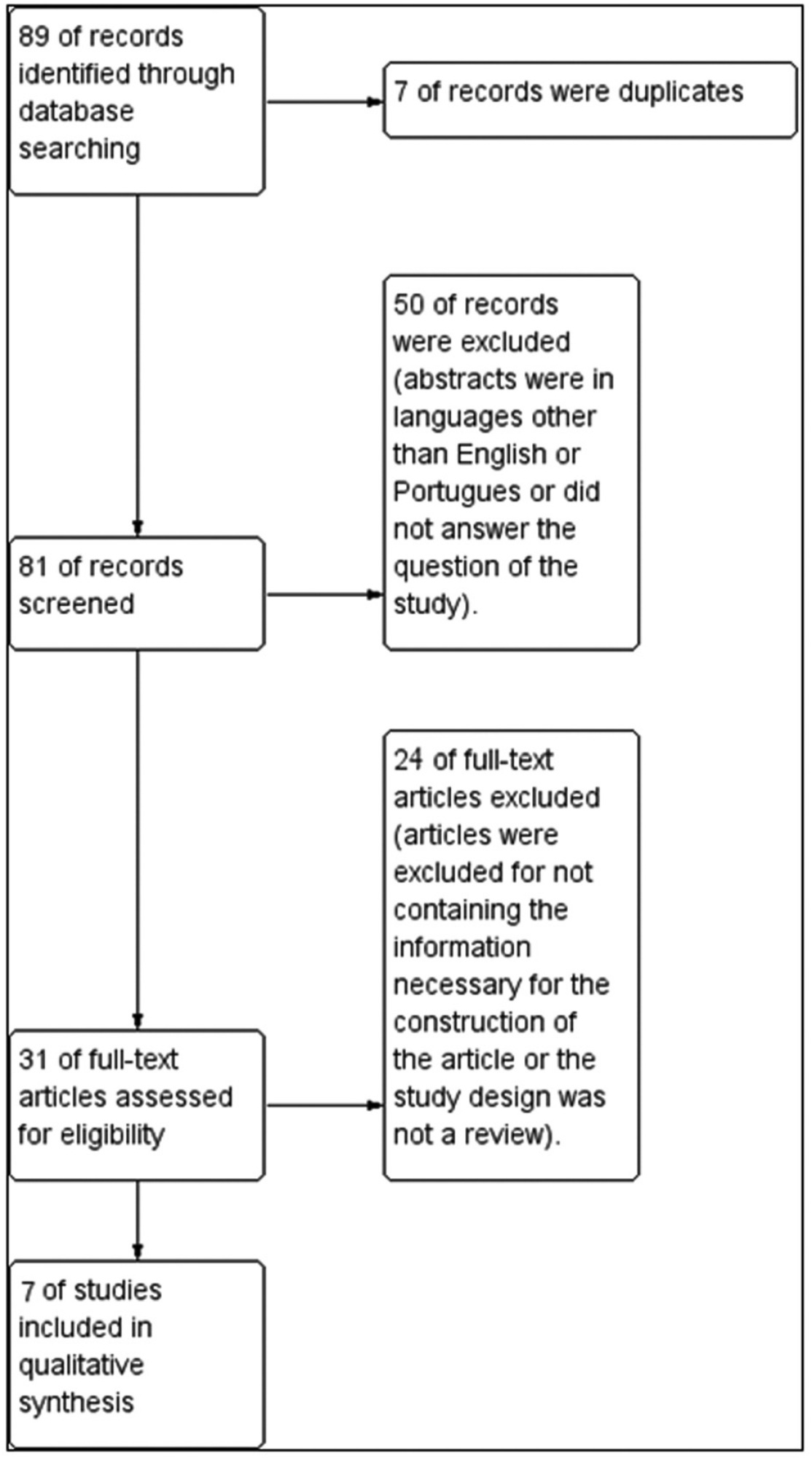
Summary
Revista Brasileira de Ginecologia e Obstetrícia. 2022;44(7):692-700
To review concepts, definitions, and findings about fear of childbirth (FOC).
A bibliographic review was carried out through the main scientific databases in 2020.
All 32 articles considered potentially relevant were analyzed. A recent study suggests that the global prevalence of FOC can reach up to 14%. Factors such as parity, gestational age, previous birth experience, age and nationality of the woman seem to influence FOC.
Fear of childbirth could be related to an increased risk of adverse obstetric outcomes such as maternal request for cesarean delivery, preterm birth, prolonged labor, postpartum depression, and post-traumatic stress. These evidence highlight the importance of the discussion regarding this topic.
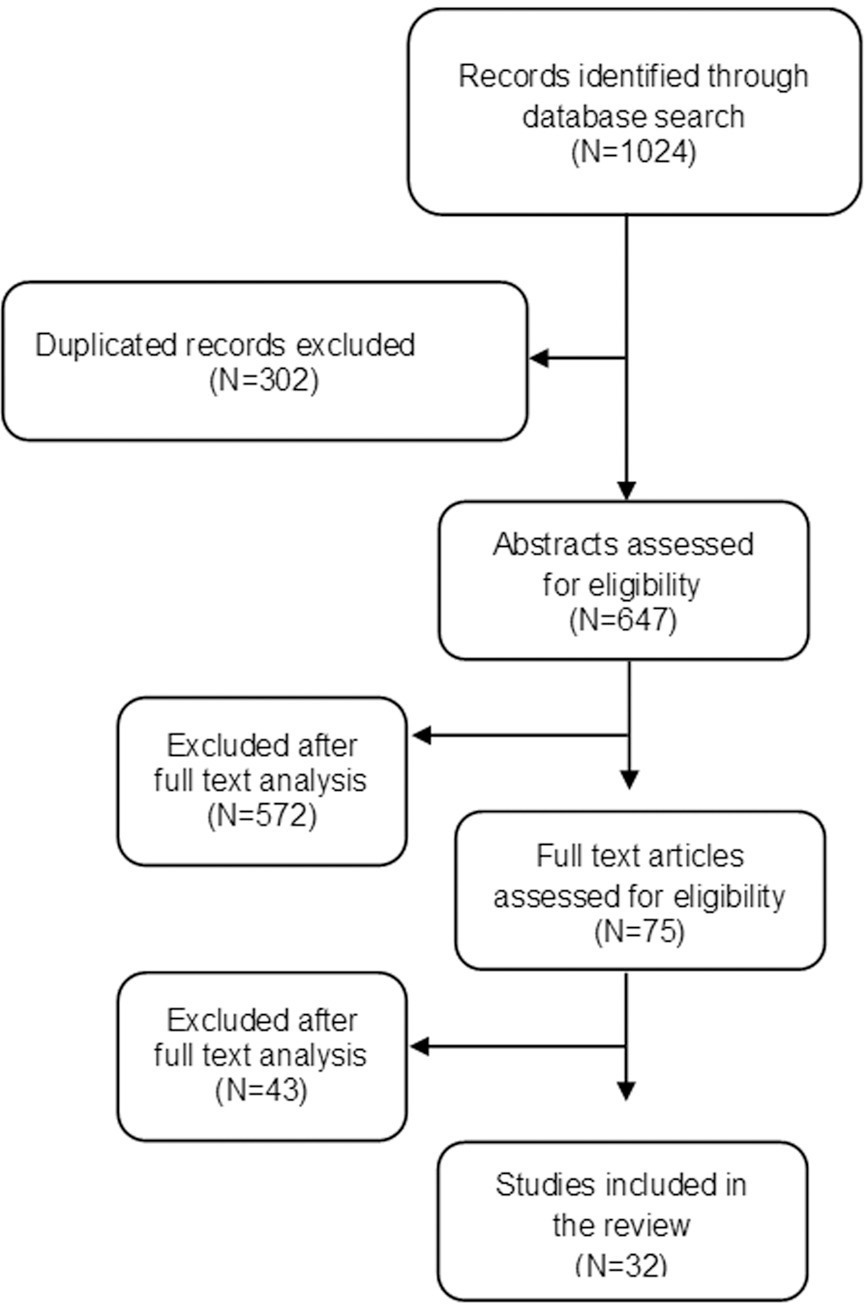
Summary
Revista Brasileira de Ginecologia e Obstetrícia. 2022;44(4):435-441
Antenatal recognition of severe cases of congenital diaphragmatic hernia (CDH) by ultrasound (US) and magnetic resonance imaging (MRI) may aid decisions regarding the indication of fetal endoscopic tracheal occlusion.
An integrative review was performed. Searches in MEDLINE and EMBASE used terms related to CDH, diagnosis, MRI, and US. The inclusion criteria were reviews and guidelines approaching US and MRI markers of severity of CDH published in English in the past 10 years.
The search retrieved 712 studies, out of which 17 publications were included. The US parameters were stomach and liver positions, lung-to-head ratio (LHR), observed/expected LHR (o/e LHR), and quantitative lung index. The MRI parameters were total fetal lung volume (TFLV), observed/expected TFLV, relative fetal or percent predicted lung volumes, liver intrathoracic ratio, and modified McGoon index. None of the parameters was reported to be superior to the others.
The most mentioned parameters were o/e LHR, LHR, liver position, o/e TFLV, and TFLV.
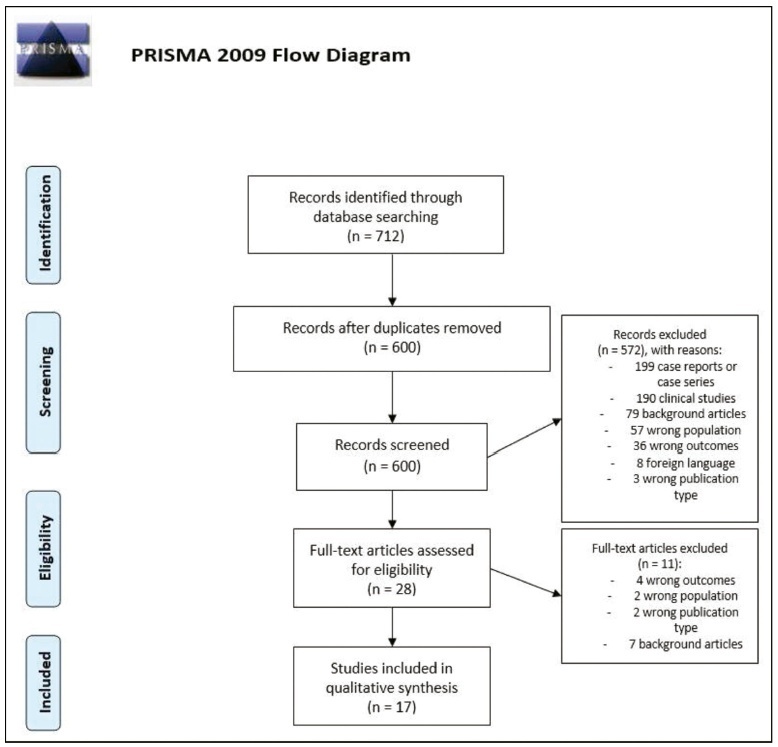
Summary
Revista Brasileira de Ginecologia e Obstetrícia. 2022;44(4):425-433
Diagnosing polycystic ovary syndrome (PCOS) during adolescence is challenging since normal pubertal development overlap typical features of this syndrome. The authors aim to summarize the existing evidence concerning PCOS in adolescence, particularly its diagnostic criteria and therapeutic options. A search throughout medical databases such as PubMed and MedScape was performed. Diagnostic criteria include irregular menstrual cycles according to time postmenarche and evidence of clinical hyperandrogenism and/or biochemical hyperandrogenism, provided other causes have been excluded. Polycystic ovarianmorphology ought not to be used as a diagnostic criterion. Treatment should targetmanifestations and/or comorbidities, even in the absence of a definite diagnosis. Lifestyle interventions are the first-line treatment. Combined oral contraceptives, metformin or antiandrogens may also be considered as adjuvants. Screening for PCOS in adolescence is crucial as it allows an early intervention on the symptoms and comorbidities presented leading to better long-term reproductive and metabolic outcomes.
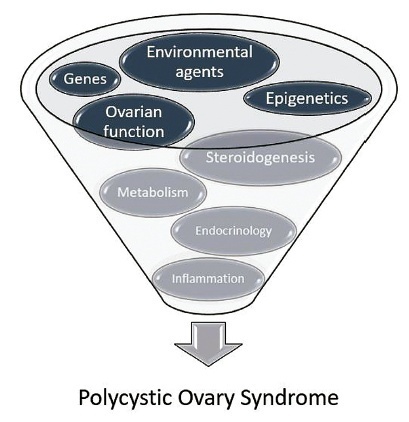
Summary
Revista Brasileira de Ginecologia e Obstetrícia. 2022;44(7):710-718
To describe the effects of combined oral contraceptives (COC) on the renin-angiotensin-aldosterone system (RAAS).
The findings of this study suggest that the COC promotes greater activation of the RAAS. Supporting the idea that its use is related to an increased risk of cardiovascular events, including systemic arterial hypertension.
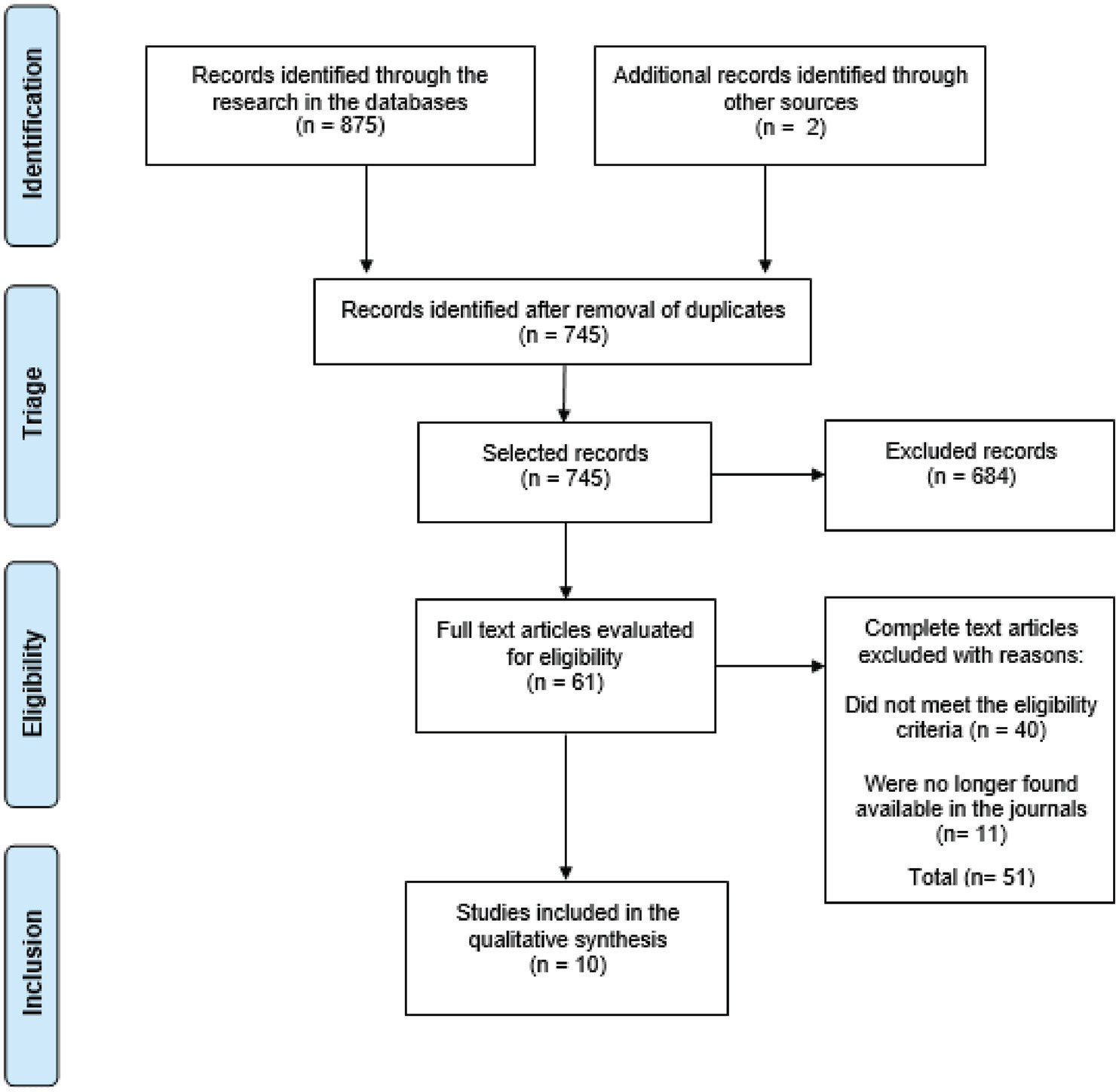
Summary
Revista Brasileira de Ginecologia e Obstetrícia. 2022;44(8):785-789
To assess the quality of recent meta-analyses reviewing the diagnostic utility of sentinel node biopsy in endometrial cancer.
With the MeSH terms endometrial neoplasms and sentinel lymph node biopsy, PubMed and Embase databases were searched on October 21, 2020, and again on November 10, 2021, with meta-analysis and publication date filters set to since 2015. The articles included were classified with the A Measurement Tool to Assess Systematic Reviews (AMSTAR 2) assessment tool.
The database searches found 17, 7 of which, after the screening, were selected for full review by the author, finally extracting six meta-analyzes for quality analysis. The rating with the AMSTAR 2 assessment tool found that overall confidence in their results was critically low.
This study found that the quality of recent meta-analyses on the utility of the staging of endometrial cancer with sentinel node biopsy, evaluated by the AMSTAR 2 assessment tool, is classified as critically low, and, therefore, these meta-analyses are not reliable in the summary of their studies.
